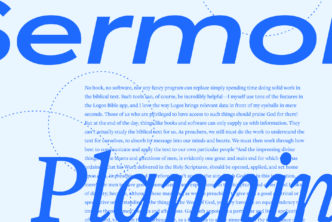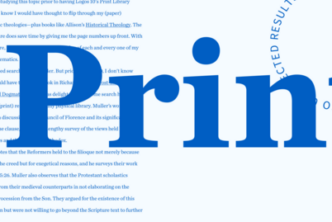The Bible is the most copied and re-copied book in history—and this is both a blessing and a curse. It means we have ample manuscript evidence for the Old and New Testaments; it also means we have ample textual variants we need to work through.
The ancient manuscripts upon which our modern printed Hebrew Bible and Greek New Testament are based can be categorized in several ways: 1. by the location of their composition; 2. by their language; and 3. by the writing material used—and much more. With Logos, you can sort all the manuscripts according to these and other categories. You can quickly discover manuscripts of a certain type, style, or age without being an expert in the field of textual criticism. You can look at the very same evidence used by modern textual critics and Bible translators.
Learn how to search the vast array of existing NT manuscripts and organize them in useful ways—and make some fascinating discoveries!
Recommended Resources:
- A Student’s Guide to Textual Criticism of the Bible, by Paul Wegner, is a standard introduction to the topic.
- New Testament Textual Criticism: A Concise Guide, by David Alan Black of Southeastern Baptist Theological Seminary, is another standard intro, but one more “concise.”
- A Textual Commentary on the Greek New Testament, by Bruce Metzger, is the standard reference in the field, explaining why the editors of the standard critical text made the decisions they did.
- The Lexham Textual Notes on the Bible provide something no other resource does: textual-critical commentary on the entire Bible that does not require knowledge of Greek and Hebrew.





